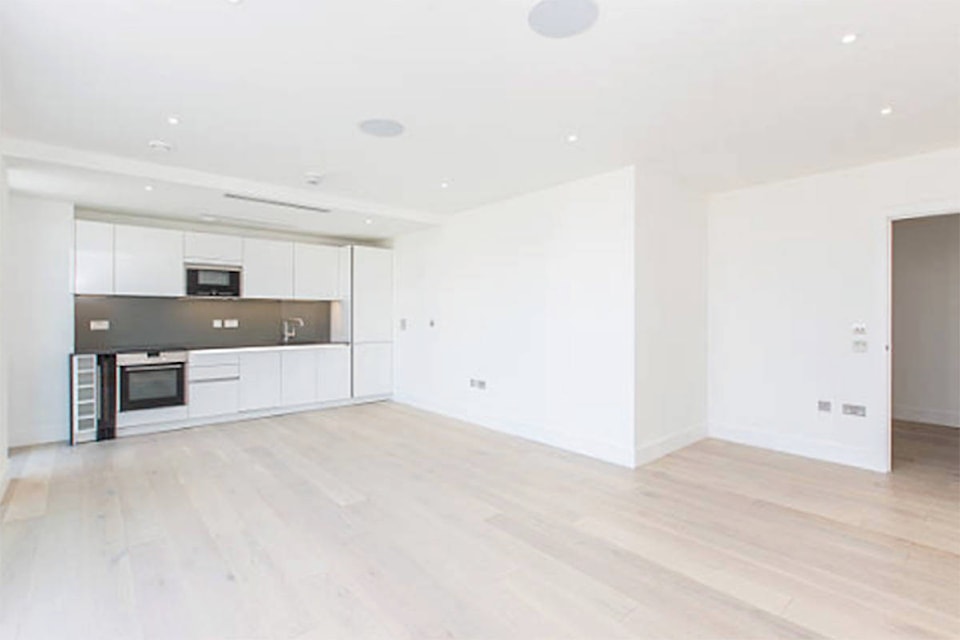A new 12-storey development poised for Esquimalt will have a higher number of units designated for buyers with different abilities, just one more unique feature to Corvette Landing, the mass-timber, modular housing project from Standing Stone Developments.
“What we committed to the municipality from the very start is that we would provide a greater number of designated homes to the special needs community than the standard 10 per cent,” says developer Troy Grant.
Currently there is no stipulation that a developer has to provide any units specifically for people with different abilities, and generally just 10 per cent of units are designated as so.
RELATED: Esquimalt council green-lights first mass-timber building on Vancouver Island
Of the 83 units slated for Corvette Landing, 10 are specifically designated for residents with special needs – including the blind, those in wheelchairs, with upper body prosthetics, PTSD, etc.
The term “special needs” was negotiated into the housing agreement Standing Stone developed with the Township, Grant says, in order to maintain inclusivity.
“If you narrowly define ‘handicapped’ as people who are wheelchair bound then you’ve segmented the disabled community and focused on a single segment of that community,” he explains.
RELATED: Good deed done as builders remodel house for family
Of the designated 10 units, four units on the second floor will be built to be wheelchair accessible; the remaining eight will be dispersed throughout the 12-storey building.
“For anyone who has worked in the special needs community, you know that you don’t want to put everybody into one space and then create a stigma for that space,” Grant says. “It’s unfair to do that to anybody.”
Lower light switches, easy-to-reach electrical outlets, eliminating hallways and wider doorways – which also make it easier to move furniture for any buyer – are all part of the design that Grant says is a trend in architecture right now, influenced by European methods. “It just makes life a little bit more adaptable, for everyone.”
RELATED: Canada’s first national accessibility law tabled in Ottawa
Standing Stone is also challenging the misconception that those with special needs are low-income. Corvette Landing will border CFB Esquimalt, and Grant points out that a solider in the army who may have lost a leg could still be earning a significant income.
“There is a growing need of special needs people, who are also growing in affluence,” he says.
At the June 25 council meeting in Esquimalt, mayor and council opened the floor for public input on the housing agreement between the Township and Standing Stone.
Victoria resident David Allen spoke in favour of the development, particularly because of its commitment to providing housing options for people with different abilities.
“There’s always a huge shortage of affordable and accessible units for handicapped people,” he said.
The first 90 days of the development’s marketing campaign will target those buyers with special needs, to give priority for purchase of the designated units.
Grant says the demographic of Esquimalt is growing younger, “but it still has an aging population and a special needs population and they’re not being served.”
